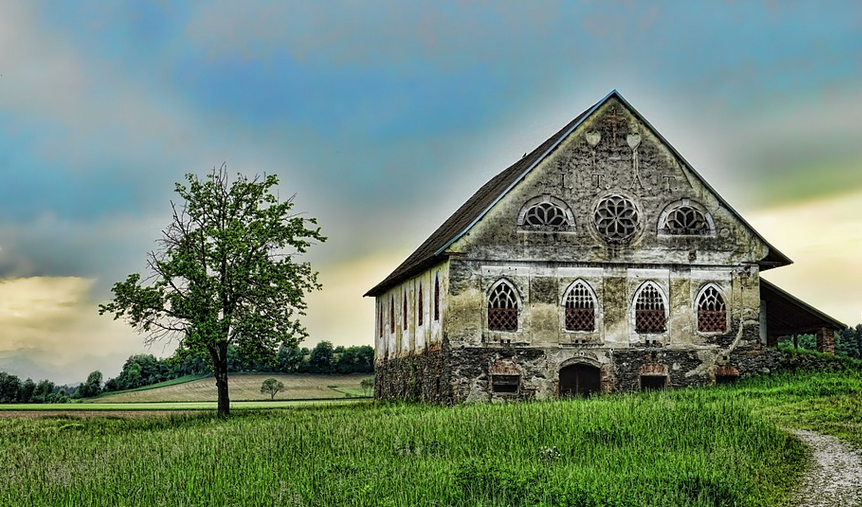Understanding Pitch: The Backbone of Your Chainsaw Power
So, you’ve got your chainsaw ready to tackle those towering trees or thick logs. But ever wondered what makes that spinning chain work so smoothly and efficiently?
Well, the answer lies in a fascinating little detail called “pitch.” It’s a crucial factor for a good, powerful cut.
Think of a chainsaw chain as a pair of tiny blades with teeth designed to bite into wood. These teeth need to be perfectly positioned and spaced to make clean cuts. And that’s where pitch comes in.
What Exactly is Pitch?
Pitch, simply put, refers to the distance between two consecutive tooth points on a chainsaw chain.
Imagine you’re staring down at a row of teeth – each one is like a tiny soldier, ready for battle. The pitch tells you how far apart these soldiers are standing.
This measurement comes in two main forms:
Pitch Measurement
1. **”Number of teeth per inch (TPI)”:** This is the most common way to measure pitch. It’s essentially counting how many teeth you see on a chain every single inch as it spins.
2. **”Chain Pitch (in inches)”:** This refers to the distance between tooth points in inches, which is an even more specific measurement for your chainsaw.
Why Is Pitch So Important?
Pitch plays a vital role in influencing the performance and efficiency of your chainsaw!
Here’s how:
1. **Cutting Efficiency:** The right pitch ensures a smooth cut, allowing for faster and cleaner wood removal.
2. **Power and Torque:** A good pitch helps the chain to move efficiently and generate more power.
3. **Chainsaw Performance:** Chainsaws come in different sizes and power ranges. A higher pitch is often found on smaller, lightweight chainsaws for easier maneuverability, while heavier-duty chainsaws use lower pitches for greater cutting power.
4. **Wood Type Handling:** Pitch influences how well the chainsaw handles different types of wood, from softwood to hardwood.
5. **Chain Life:** Chains with a higher pitch might experience more wear and tear because they’re constantly working harder.
Finding the Right Pitch
So, how do you figure out the best pitch for your chainsaw?
It depends on what you’re using it for. Take this step-by-step guide as a reference:
- **Chainsaw Size:** Smaller chainsaws often use lower pitches, which makes them easier to maneuver in close quarters and work with smaller logs, while larger chainsaws may require higher pitches for greater power.
- **Wood Type:** Softwoods like pine and fir will require a lighter pitch compared to harder woods like oak or maple that need the added power of a higher pitch.
- **Project Scope:** If you’re tackling smaller projects, such as trimming branches or clearing fallen tree prongs, then a lower pitch might suffice. When you’re up against larger logs, and facing challenging cuts, you might need a higher pitch for optimal performance.
Pitch Explained: A Quick Reference Chart
Here’s a general guideline to help you narrow down your pitch needs:
| Chainsaw Type | Typical Pitch Range |
|---|---|
| Small Chainsaws (Lightweight) | 0.05″ – 0.07″ |
| Medium Chainsaws (Standard) | 0.08″ – 0.10″ |
| Large Chainsaws (Heavy Duty) | 0.10″ – 0.15″ |
Understanding Pitch: Beyond the Basics
As you delve deeper into the world of chainsaws, there’s even more to learn about pitch!
* **Pitch and Chain Gauge:** The weight or thickness of a saw chain is known as its “gauge.” This gauge directly affects the cut’s smoothness. Lighter, thinner chains (lower gauges) require lower pitches for optimal performance.
* **Pitch and Cutting Speed:** The higher the pitch, the faster the cuts will be, but you might need to adjust your cutting speed accordingly to prevent overheating or damaging your chainsaw. * **Pitch and Safety:** Always consult your chainsaw’s manual when in doubt. Properly selecting and using the correct pitch is key for a safe and efficient experience.
Conclusion: Pitch – A Vital Piece of the Chainsaw Puzzle
So there you have it! Pitch isn’t just an obscure technicality – it’s a crucial factor in your chainsaw’s performance and success.
By understanding pitch, your chainsaw will cut like a dream – smoothly, efficiently, and safely! Remember to consult your manual and adjust your approach based on the specific project you have in mind.
